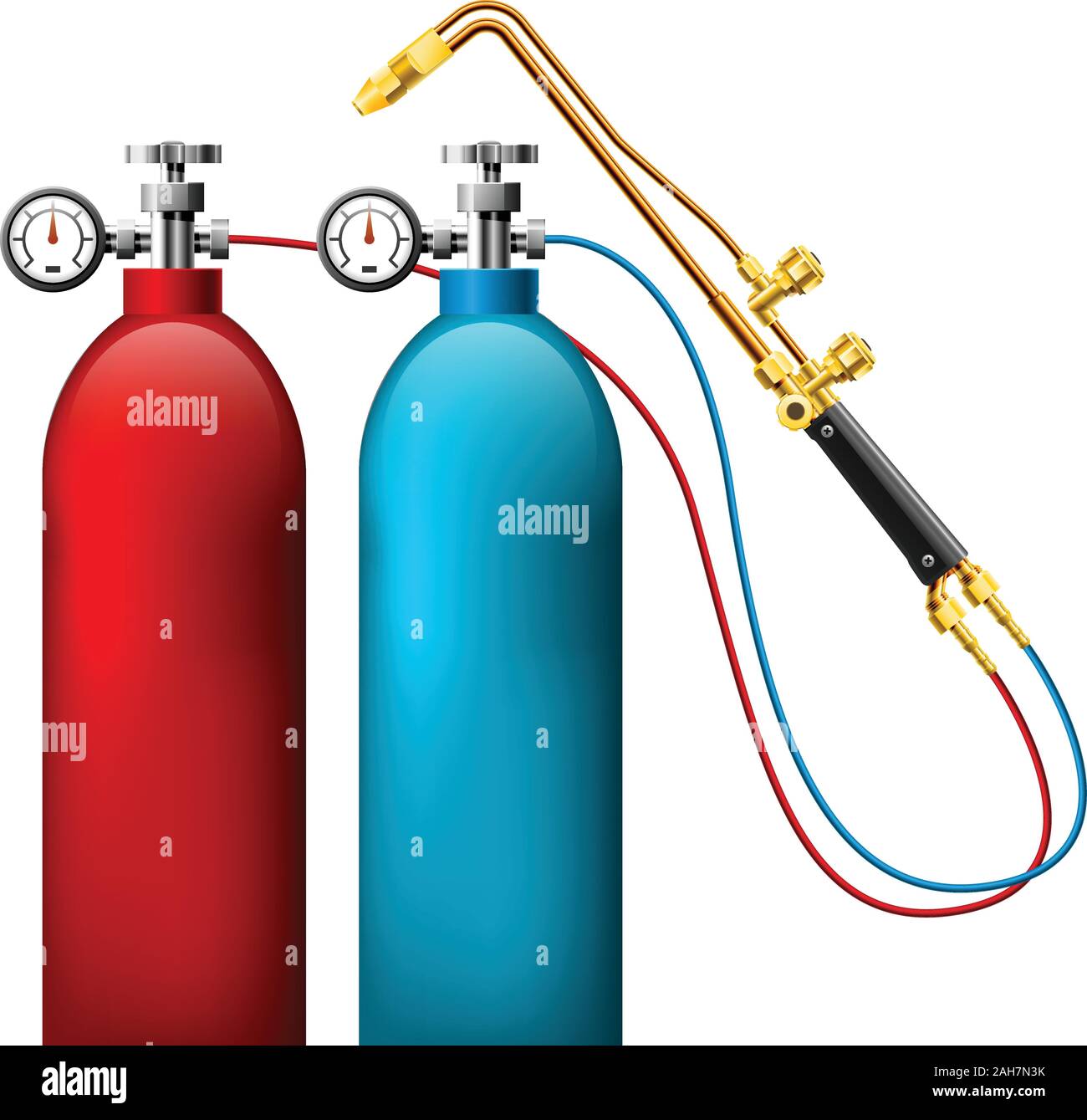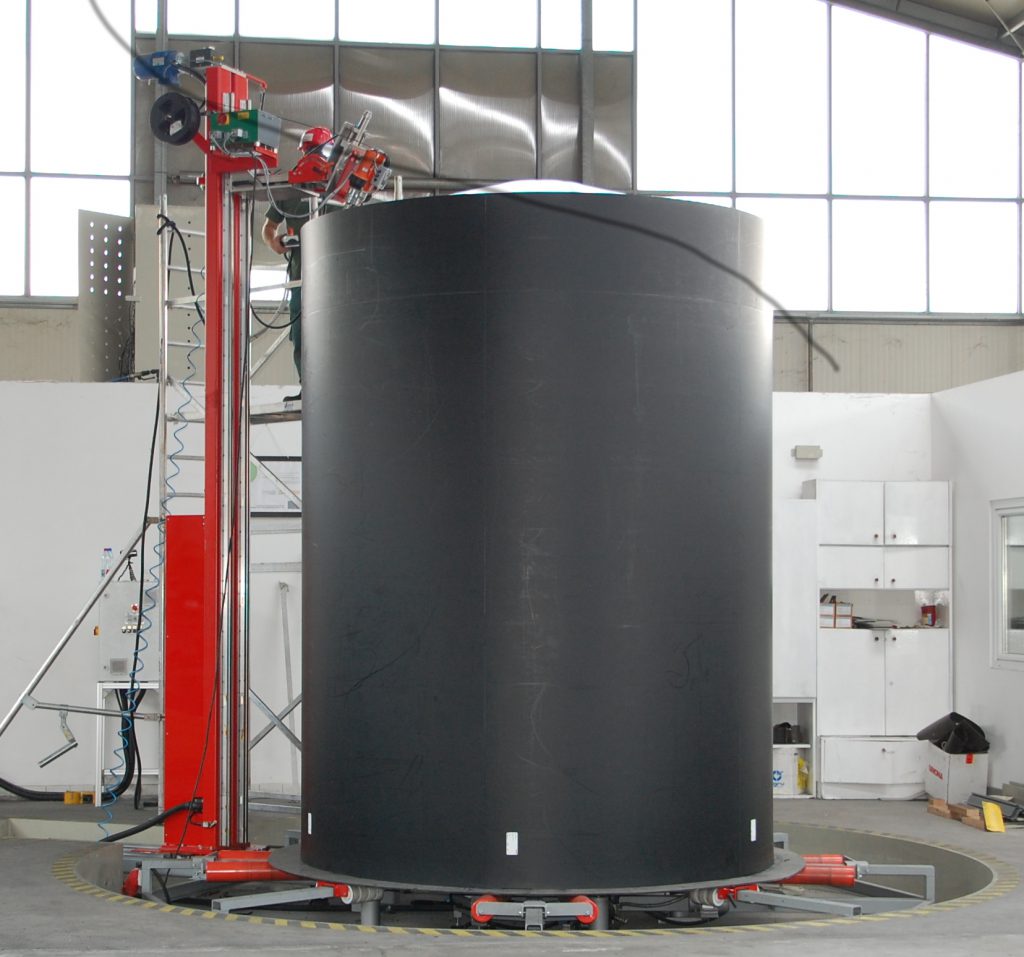Smooth Solutions: How Tank Welding Inspection Services Enhance Task Effectiveness
Smooth Solutions: How Tank Welding Inspection Services Enhance Task Effectiveness
Blog Article
Comprehensive Container Welding Evaluation for Industrial Security and Regulatory Conformity
Ensuring industrial security and regulatory compliance within the world of tank welding examinations is an important element of keeping operational stability and mitigating potential dangers. The thorough exam of weld top quality, product density, and overall container problem is extremely important in protecting against environmental dangers and architectural failures. By delving into the ins and outs of extensive container welding assessments, a much deeper understanding arises of the complex approaches employed to support industry criteria and promote safety and security procedures.
Significance of Container Welding Evaluations
Carrying out regular and detailed tank welding evaluations is crucial in guaranteeing the architectural honesty, safety and security criteria, and regulative compliance of commercial storage tanks. These evaluations play a critical role in determining any kind of possible problems or weak points in the bonded joints that might compromise the total integrity of the container. By finding these problems at an early stage, firms can take proactive measures to resolve them without delay, thereby protecting against expensive repair work, ecological contamination, or, in the worst-case situation, devastating failings.
Normal storage tank welding inspections additionally help companies conform with industry guidelines and standards stated by authorities such as the American Petroleum Institute (API) or Occupational Safety And Security and Health Management (OSHA) Failing to satisfy these needs can lead to penalties, legal consequences, or perhaps the suspension of procedures. Tank Welding Inspection Service. For that reason, purchasing extensive container welding evaluations not just safeguards the well-being of workers and the surrounding setting however additionally safeguards the firm's reputation and lower line over time
Key Elements of Weld Quality Evaluation
Making certain the quality of welds includes a meticulous assessment of crucial parts that contribute to the structural stability and integrity of industrial containers. One vital aspect of weld high quality evaluation is the exam of weld infiltration. Proper penetration is necessary as not enough infiltration can lead to weld problems and jeopardize the toughness of the joint. In addition, the weld's account must be assessed to guarantee that it satisfies the given demands in terms of shapes and size. The existence of any type of stoppages, such as splits, porosity, or insufficient blend, have to be extensively evaluated as these can damage the weld and increase the likelihood of failing. Furthermore, the total weld look is additionally a crucial element of high quality evaluation, as it can show the visibility of flaws or variances in the welding procedure. By thoroughly assessing these essential components, assessors can aid ensure that welded joints meet the necessary criteria for safety and security and regulative compliance in commercial container building.
Product Thickness Examination Techniques
In the context of weld top quality evaluation, an integral element to take into consideration is the usage of product thickness examination strategies. Exact measurement of product density is important in making certain the structural stability and safety and security of welded storage tanks. Numerous non-destructive testing (NDT) techniques are utilized for assessing product density, including ultrasonic testing, radiographic screening, and magnetic bit inspection. Ultrasonic testing includes making use of high-frequency acoustic waves to identify product density by measuring the time taken for the acoustic waves to take a trip through the material and show back. Radiographic screening makes use of X-rays or gamma rays to generate images showing material thickness. Magnetic bit examination is effective for finding surface area and near-surface issues that might affect material thickness. These techniques not only help in assessing the density of products however likewise help in recognizing any kind of possible issues or discontinuities that could compromise the weld quality and overall integrity of the tank structure. By employing these material density analysis strategies, sectors can make sure compliance with security requirements and guidelines, thus improving overall operational safety and security and integrity.
Tank Condition Examination Approaches
A crucial facet in keeping the stability and security of welded tanks is the thorough exam of container problems through dependable inspection methods. Container problem evaluation methods play a you can check here critical duty in guaranteeing the structural sturdiness and functional efficiency of industrial tanks. Normal evaluations using these approaches are vital for preventing tragic failures and ensuring the lasting reliability of welded containers.
Benefits of Routine Examination Practices
Regular evaluation practices not only guard versus possible issues identified during container problem evaluation approaches yet also act as aggressive steps in maintaining the architectural integrity and operational effectiveness of bonded tanks. By carrying out routine examinations, industrial facilities can determine any kind of signs of corrosion, fractures, leakages, or various other flaws in the container welds promptly. This early detection makes it possible for prompt repairs or maintenance interventions, stopping little concerns from rising right into bigger, extra costly issues that might jeopardize security or cause governing non-compliance.

Conclusion

To conclude, detailed container welding inspections are necessary for ensuring industrial security and governing compliance. By conducting go to my site routine examinations and assessments of weld quality, material density, and container problem, organizations can determine prospective threats and protect against costly accidents. Carrying out an aggressive approach to inspection practices can assist preserve the architectural honesty of containers, shield the environment, and ensure the safety of workers and the surrounding community.

Report this page